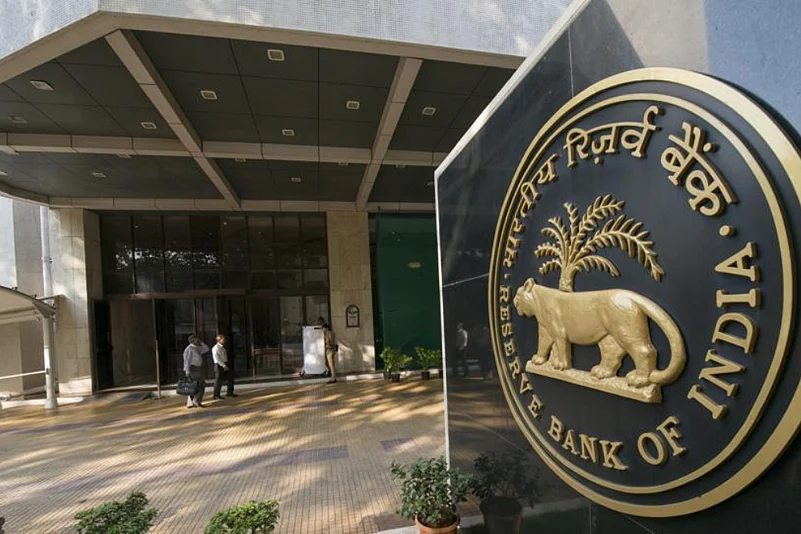The Reserve Bank of India will pay a record Rs 2.1 lakh crore dividend to the government for the fiscal ended March 31, more than double of what was budgeted expectation, helping shore up revenue ahead of a new government taking office.
The RBI board, at its 608th meeting on Wednesday, approved the transfer of surplus, the central bank said in a statement.
The government had budgeted a receipt of Rs 1.02 lakh crore as dividends from the RBI, public sector banks and financial institutions in the interim budget for the fiscal year 2024-25 (April 2024 to March 2025) presented in February this year.
Advertisement
The dividend or surplus transfer by the RBI to the Centre was Rs 87,416 crore for the fiscal 2022-23. The previous high was Rs 1.76 lakh crore in 2018-19.
"The Board...approved the transfer of Rs 2,10,874 crore as surplus to the Central Government for the accounting year 2023-24," the RBI said in a statement.
The central government aims to contain the fiscal deficit or gap between expenditure and revenue to Rs 17.34 lakh crore (5.1 per cent of the GDP) during the current financial year.
Experts opined that higher-than-budgeted dividend payout will provide headroom to the new government to enhance expenditure and better manage the fiscal deficit.
Advertisement
The results of the ongoing Lok Sabha elections will be declared on June 4 and the new government will assume power shortly thereafter.
The RBI board also reviewed the global and domestic economic scenario, including risks to the growth outlook.
The Board discussed the working of the Reserve Bank during 2023-24 and approved its Annual Report and Financial Statements for the last fiscal.
The RBI said that during accounting years 2018-19 to 2021-22, owing to the prevailing macroeconomic conditions and the onslaught of the Covid-19 pandemic, the Board had decided to maintain the Contingent Risk Buffer (CRB) at 5.50 per cent of the Reserve Bank’s balance sheet size to support growth and overall economic activity.
"With the revival in economic growth in FY 2022-23, the CRB was increased to 6.00 per cent. As the economy remains robust and resilient, the Board has decided to increase the CRB to 6.50 per cent for FY 2023-24," the central bank added.
The transferable surplus for 2023-24, the RBI said, has been arrived at on the basis of the Economic Capital Framework (ECF) adopted by it in August 2019, as per recommendations of the Bimal Jalan-headed expert committee.
The committee had recommended that the risk provisioning under the CRB be maintained within a range of 6.5 to 5.5 per cent of the RBI’s balance sheet.
Advertisement
Upasna Bhardwaj, Chief Economist, Kotak Mahindra Bank, said such a windfall will ease the fiscal deficit by 0.4 per cent in 2024-25.
"Higher interest rates both on domestic and foreign securities, significantly high gross sale of forex, along with limited drag from liquidity operations compared to the previous year have probably led to such a whopping dividend.
"Positively, this comes with the contingency risk buffer being kept at the higher end of the statutory requirement," she said.
Scope for lower borrowing being announced in the upcoming Budget will now provide significant respite to the bond markets, Bhardwaj added.
Aditi Nayar, Chief Economist, Head Research and Outreach, Icra Ltd said that the higher-than-budgeted RBI surplus transfer would help to boost the Centre's resource envelope in the current fiscal, allowing for enhanced expenditures or a sharper fiscal consolidation than what was pencilled into the Interim Budget for 2024-25.
Advertisement
"Increasing the funds available for capex would certainly boost the quality of the fiscal deficit. However, the additional spending may be difficult to be incurred within the 8-odd months left after the Final Budget is presented and approved by Parliament," Nayar said.















 Just one email a week
Just one email a week